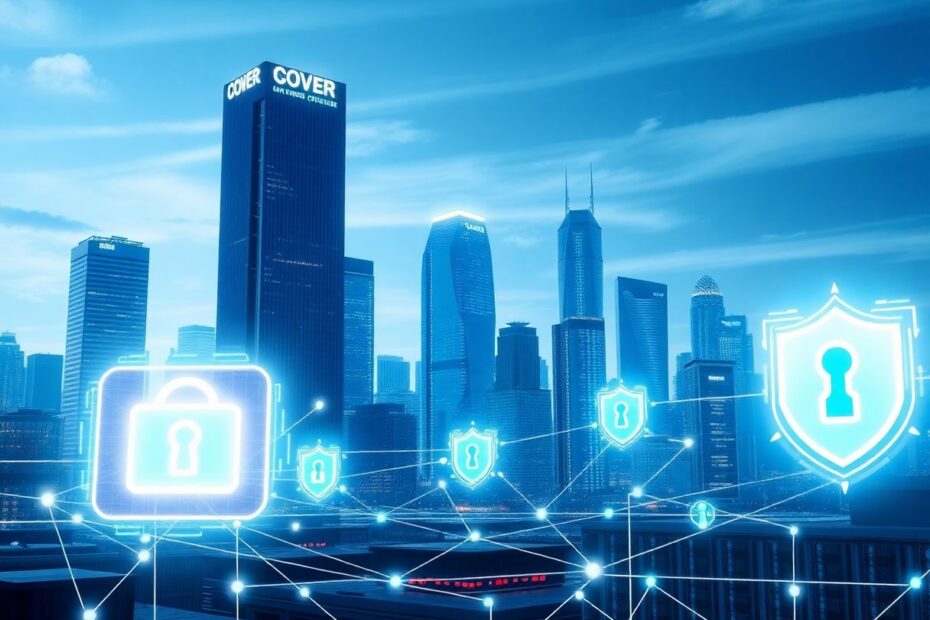In the rapidly evolving digital landscape of 2025, email security has become more critical than ever. As one of the world's most popular email services, Gmail is a prime target for cybercriminals. This comprehensive guide will explore cutting-edge strategies and best practices to fortify your Gmail account against potential threats.
Understanding the Importance of Gmail Security
Your Gmail account is likely a treasure trove of sensitive information, including financial statements, personal correspondence, and critical documents. In an era where data breaches and identity theft are rampant, protecting this digital vault is paramount. A compromised email account can lead to severe consequences, from financial loss to reputational damage.
Crafting an Impenetrable Password
The cornerstone of Gmail security remains a robust password. In 2025, cybersecurity experts recommend passwords of at least 20 characters, incorporating a mix of uppercase and lowercase letters, numbers, and symbols. The rise of quantum computing has made traditional password cracking methods exponentially more powerful, necessitating longer and more complex passwords.
A effective technique for creating a strong, memorable password is the passphrase method. For example, "Th3Sun$hines0nMy2025Gmail!" is both long and complex, yet easier to remember than a random string of characters. However, it's crucial to avoid using personal information or common phrases that could be guessed through social engineering tactics.
Leveraging Advanced Password Managers
With the increasing complexity of passwords, relying on memory alone is no longer feasible. Advanced password managers have become indispensable tools in the cybersecurity arsenal. These sophisticated applications not only generate and store complex passwords but also offer features like biometric authentication, encrypted cloud storage, and real-time dark web monitoring.
Popular options in 2025 include LastPass Quantum, which uses quantum-resistant encryption algorithms, and 1Password AI, which employs artificial intelligence to detect and alert users to potential security threats based on their password usage patterns.
Embracing Multi-Factor Authentication (MFA)
Two-step verification has evolved into more robust multi-factor authentication systems. Google now offers a range of MFA options, including:
- Biometric verification: Utilizing advanced facial recognition or fingerprint scanning technology.
- Hardware security keys: Physical devices that provide cryptographic proof of identity.
- AI-powered behavioral analysis: Monitoring user patterns to detect anomalies.
- Quantum key distribution: Leveraging quantum mechanics for unhackable key exchange.
Implementing at least two of these methods significantly reduces the risk of unauthorized access, even if your password is compromised.
Setting Up Comprehensive Recovery Options
In the event of a security breach, having multiple, up-to-date recovery options is crucial. Google now offers AI-assisted account recovery, which uses machine learning algorithms to verify your identity through a series of dynamically generated questions based on your account activity and personal information.
Additionally, consider setting up a recovery email on a different service provider and linking your account to a physical security key as a failsafe recovery method.
Scrutinizing Third-Party App Access
The interconnected nature of modern digital ecosystems means your Gmail account likely interfaces with numerous third-party applications. Regularly auditing these connections is essential. Google's Privacy Checkup tool now includes an AI-driven risk assessment feature that evaluates each connected app's security posture and recommends revoking access to potentially risky applications.
Harnessing Gmail's Advanced Security Features
Gmail's security features have undergone significant enhancements. The Confidential Mode now offers quantum-encrypted communication channels for sending highly sensitive information. Enhanced Safe Browsing has been upgraded with real-time malware detection powered by Google's vast threat intelligence network.
A noteworthy addition is the Predictive Phishing Defense system, which uses machine learning to analyze email patterns and preemptively identify and quarantine potential phishing attempts before they reach your inbox.
Cultivating Phishing Awareness
Despite technological advancements, human judgment remains a critical line of defense against phishing attacks. Stay vigilant by scrutinizing sender email addresses, being wary of urgent requests for sensitive information, and hovering over links to preview their destinations before clicking.
Google's AI-powered phishing simulations can now be enabled to periodically test and improve your phishing detection skills through realistic, harmless phishing emails.
Securing Your Access Points
Your Gmail security is only as strong as the devices you use to access it. Ensure all your devices have the latest security updates and run reputable antivirus software. For mobile devices, enable remote wiping capabilities in case of loss or theft.
Consider using dedicated hardware security modules (HSMs) for accessing your most sensitive accounts. These devices create an isolated environment for secure login, protected from potential malware on your main system.
Leveraging VPN Technology
When accessing Gmail on public networks, using a VPN is no longer just recommended—it's essential. Modern VPNs offer features like split-tunneling, which allows you to route only your email traffic through the secure tunnel while maintaining normal speeds for other applications.
Look for VPN providers that offer post-quantum cryptography to future-proof your connection against potential quantum computing threats.
Implementing Continuous Monitoring
Gmail now offers real-time account monitoring with AI-powered anomaly detection. This system analyzes your usage patterns and alerts you to any suspicious activity, such as logins from unfamiliar locations or unusual email sending behavior.
Enable Google's Advanced Protection Program for the highest level of account security. This program enforces strict access controls, mandates the use of physical security keys, and provides enhanced protection against sophisticated phishing attempts.
Staying Informed on Emerging Threats
The cybersecurity landscape is constantly evolving. Stay informed by following reputable cybersecurity blogs, attending virtual security conferences, and participating in online forums dedicated to email security.
Google now offers personalized security briefings based on your account's risk profile, providing tailored advice and updates on relevant threats.
Conclusion
Securing your Gmail account in 2025 requires a multi-faceted approach that combines advanced technology with user vigilance. By implementing these strategies—from quantum-resistant passwords to AI-powered threat detection—you can significantly enhance your email security posture.
Remember, cybersecurity is an ongoing process. Regularly review and update your security measures to stay ahead of evolving threats. Your digital life is invaluable; protect it with the same care and attention you give to your physical assets.
